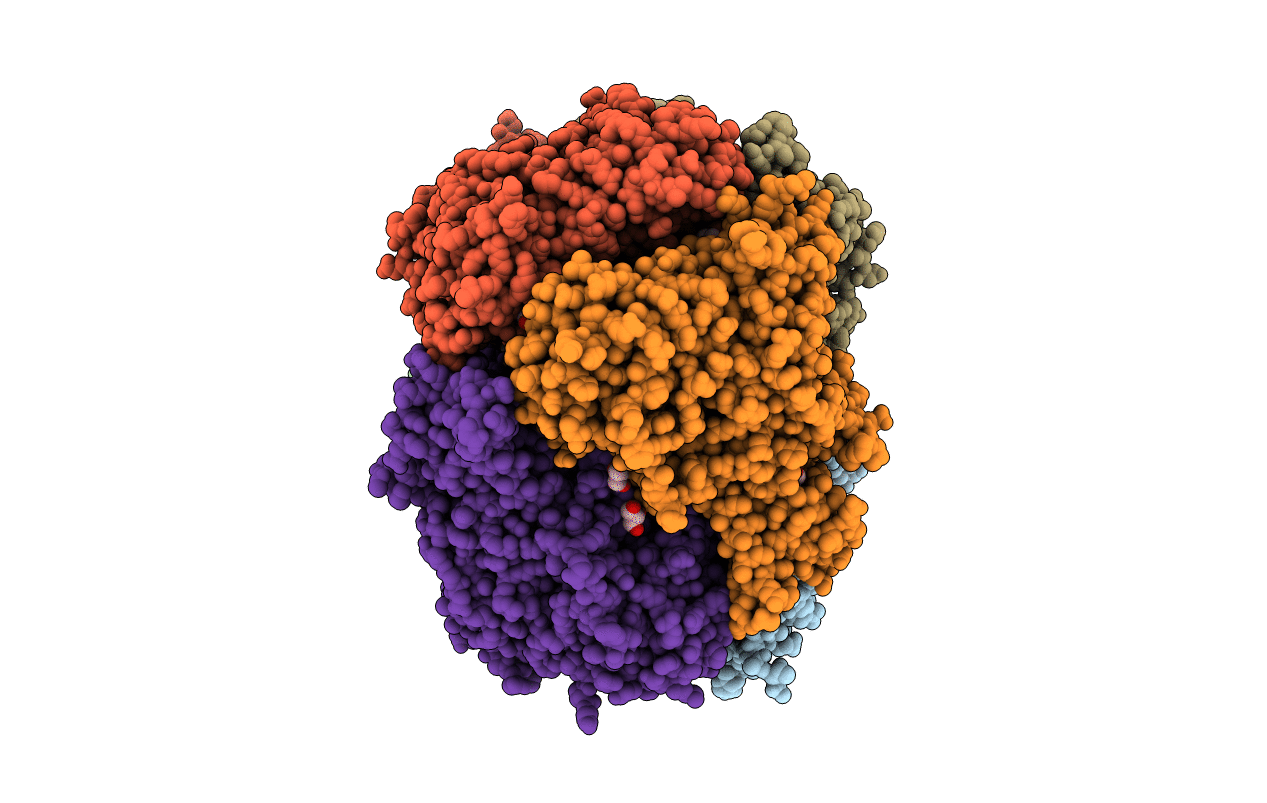
Deposition Date
2019-08-14
Release Date
2020-03-11
Last Version Date
2023-10-11
Entry Detail
PDB ID:
6U0P
Keywords:
Title:
Crystal structure of PieE, the flavin-dependent monooxygenase involved in the biosynthesis of piericidin A1
Biological Source:
Source Organism:
Streptomyces sp. SCSIO 03032 (Taxon ID: 1109743)
Host Organism:
Method Details:
Experimental Method:
Resolution:
2.02 Å
R-Value Free:
0.20
R-Value Work:
0.16
R-Value Observed:
0.17
Space Group:
P 21 21 21


